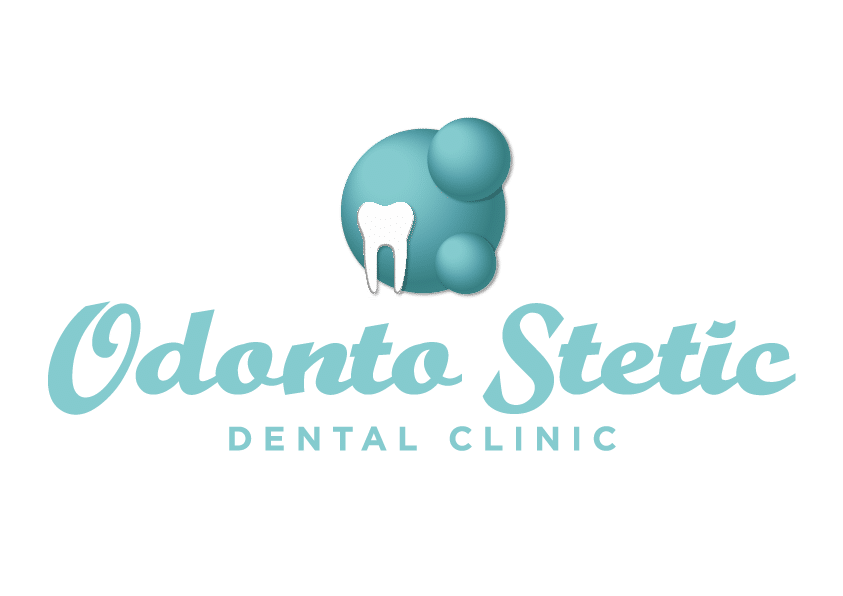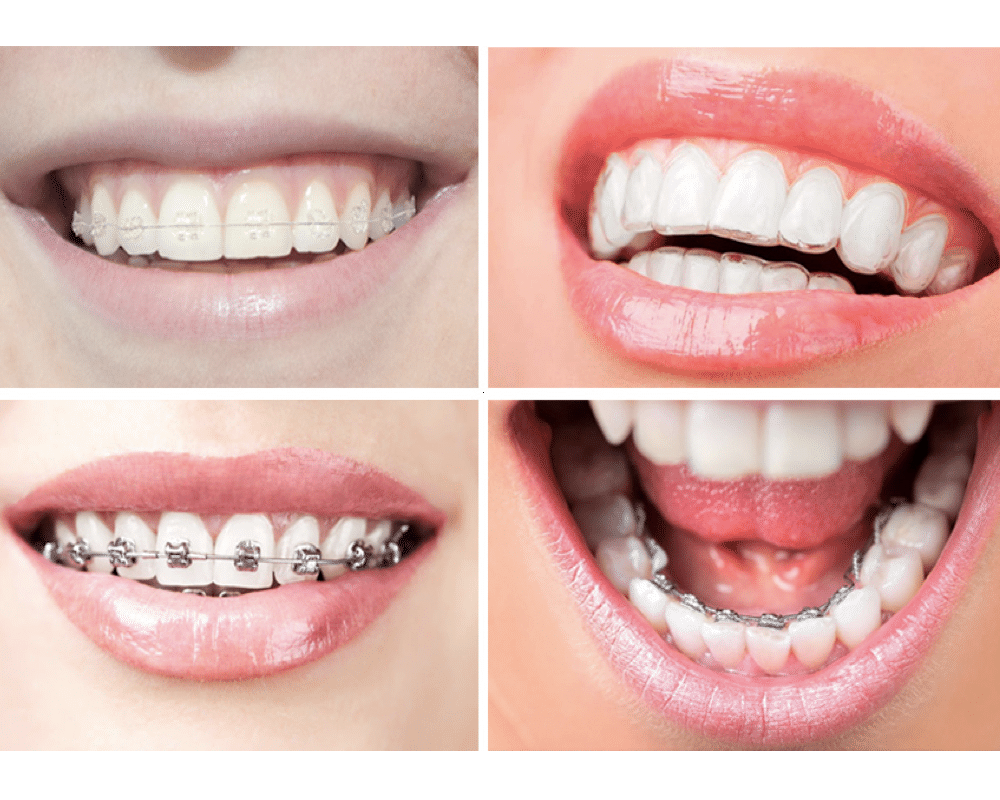What types of braces are there?
Currently, the patient can choose between four different types of braces:
- Metal braces
- Sapphire braces
- Self-ligating or self-ligating
All systems are indicated to correct the same problems of dental malpositions.
That is to say, there is no one better or more effective than another.
This decision is marked by the priorities of the person who is going to start orthodontic treatment: aesthetic and economic.
Orthodontics with metal brackets
Made of high quality stainless steel, metal braces are the most conventional orthodontic system.
They are indicated to correct any problem related to malocclusion (open bite, crowding, existence of diastemas, cross bite ...).
Although it is the most economical system, it is also the least aesthetic. Therefore, it is usually chosen by children and adolescents for whom aesthetics is not so relevant.
Children, in fact, are especially participatory in the process thanks to the choice they can make of the color of the elastics - rubbers - in the reviews.
In this way, they perceive orthodontics as a game, which makes the process more attractive and bearable.
Orthodontics with sapphire brackets
The aesthetic braces arise in response to the demands of the adult population that begins orthodontic treatment and does not want it to interfere with their daily lives.
Brackets, archwires, and ligatures are transparent, making them a much more discreet method than conventional braces.
The aesthetic braces are made of different materials such as porcelain or resins.
However, the ones that are made of sapphire crystal the only ones that do not stain with the passage of time or the intake of certain foods such as coffee or wine.
They are less economical than metal brackets but, in contrast, offer a more discreet and aesthetic solution for the patient.
Orthodontics with self-ligating brackets
The self-ligating orthodontic system is based on brackets that do not require ligatures to hold the archwire to the tooth.
This means that the orthodontist only has to use the clip system to tighten the brackets, reducing the time of revisions.
How are braces put on?
The placement of braces is a completely innocuous process, so the use of anesthesia is not necessary.
Brackets can be placed following two different techniques:
- Direct cemented
It consists of the adhesion of the brackets to the teeth, one by one.
It is a very long and laborious and therefore more annoying for the person initiating treatment.
- Indirect bonding
It is a technique that is based on the placement of brackets in the laboratory on plaster molds that are made to measure for the patient's mouth.
Thanks to a transfer splint made of heat-moldable plastic, they are placed in the patient's mouth at once.
It is a much faster and more precise process than direct cementation, avoiding problems derived from the repositioning of brackets in later phases of the process.
In the first moment, some discomfort is common due to the pressure exerted by the arches on the teeth that can be easily relieved with the ingestion of painkillers.
Once the braces have been placed, patients they should come for review every 4-6 weeks.
In these reviews, the orthodontist will verify the correct development of the treatment and make the necessary adjustments to achieve the desired movements in the dental arch.
What problems do braces solve?
The Spanish Society of Orthodontics (SEDO) states that fixed orthodontic appliances are able to perform all kinds of movements to achieve optimal occlusion.
For this reason, orthodontic treatments with brackets are indicated for those people who, in order to have an aesthetic and functional smile, must solve problems of:
- Dental malpositions, rotated teeth and crowding.
- Closing spaces -Diastemas-.
- Openbite in those cases in which, when closing the mouth, the upper jaw does not make contact with the lower jaw.
- Overbite the teeth in the upper arch reveal less than a third of those in the lower arch.
Well-aligned teeth not only give us a more aesthetic smile and a more confident and reliable image, but also They eradicate difficulties when chewing and prevent jaw pain.
As we have mentioned, you will hardly feel slight discomfort after each revision.
However, there are some considerations to take into account if you have already started orthodontic treatment.
Before starting orthodontic treatment, ask all the necessary questions about the type of bracket you are going to wear.
What tips will be useful to me during my orthodontic treatment with braces?
Throughout orthodontics, you will have some doubts regarding restrictions in your diet, hygiene techniques or some trick for those moments in which you feel any discomfort.
Next, we give you a series of tips that you can follow while wearing braces.
How should you brush your teeth with braces?
Braces, as such, do not harm teeth.
On the other hand, the fact of wearing a fixed appliance in the mouth makes dental hygiene difficult: it is not so easy for us to get to all the nooks and crannies where food debris and bacterial plaque accumulate.
With braces, it is done especially important to brush your teeth after every meal.
Sometimes a good brushing is not enough to effectively remove food debris and bacteria that nest on the gums.
Therefore, it is essential to use utensils such as interproximal brushes, dental floss or oral irrigator -or waterpik- to complete oral hygiene.
In addition to being extremely careful in hygiene guidelines, we must know that there are certain foods that make our oral cleaning difficult during orthodontic treatment.
What foods should I avoid during my orthodontic treatment?
As we have already mentioned, during the first weeks it is common for you to feel discomfort due to the pressure exerted by the brackets on the teeth.
Therefore, in an initial phase we recommend eating foods that do not involve a chewing effort as purees or soups, or whose texture is smooth - fish, tender meats or cooked vegetables.
Avoid the eating especially sticky foods such as chewing gum or gummies, as they easily adhere to the brackets and make oral hygiene difficult.
During this period, the appearance of sores or wounds.
In addition to the use of special wax for orthodontics, whose action reduces the damage caused by rubbing, you should avoid foods that make it difficult to heal such as citrus fruits, acidic fruits, fried tomato or vinegar.
Finally, you must bear in mind that eating Sandwiches or biting apples helps the braces to come off.
Instead, we advise you to split the sandwiches by hand or cut the fruit into small pieces.

